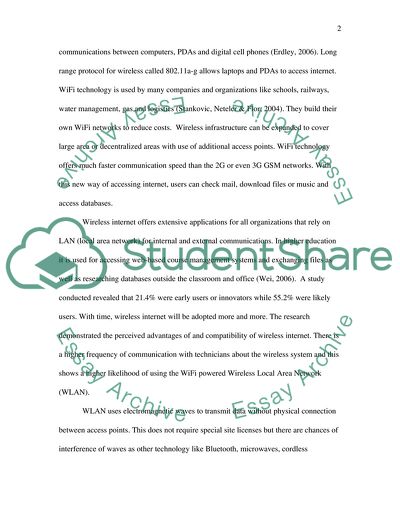Cite this document
(The Future Applications of Wireless Technology Coursework - 6, n.d.)
The Future Applications of Wireless Technology Coursework - 6. https://studentshare.org/technology/1708318-report
The Future Applications of Wireless Technology Coursework - 6. https://studentshare.org/technology/1708318-report
(The Future Applications of Wireless Technology Coursework - 6)
The Future Applications of Wireless Technology Coursework - 6. https://studentshare.org/technology/1708318-report.
The Future Applications of Wireless Technology Coursework - 6. https://studentshare.org/technology/1708318-report.
“The Future Applications of Wireless Technology Coursework - 6”. https://studentshare.org/technology/1708318-report.


